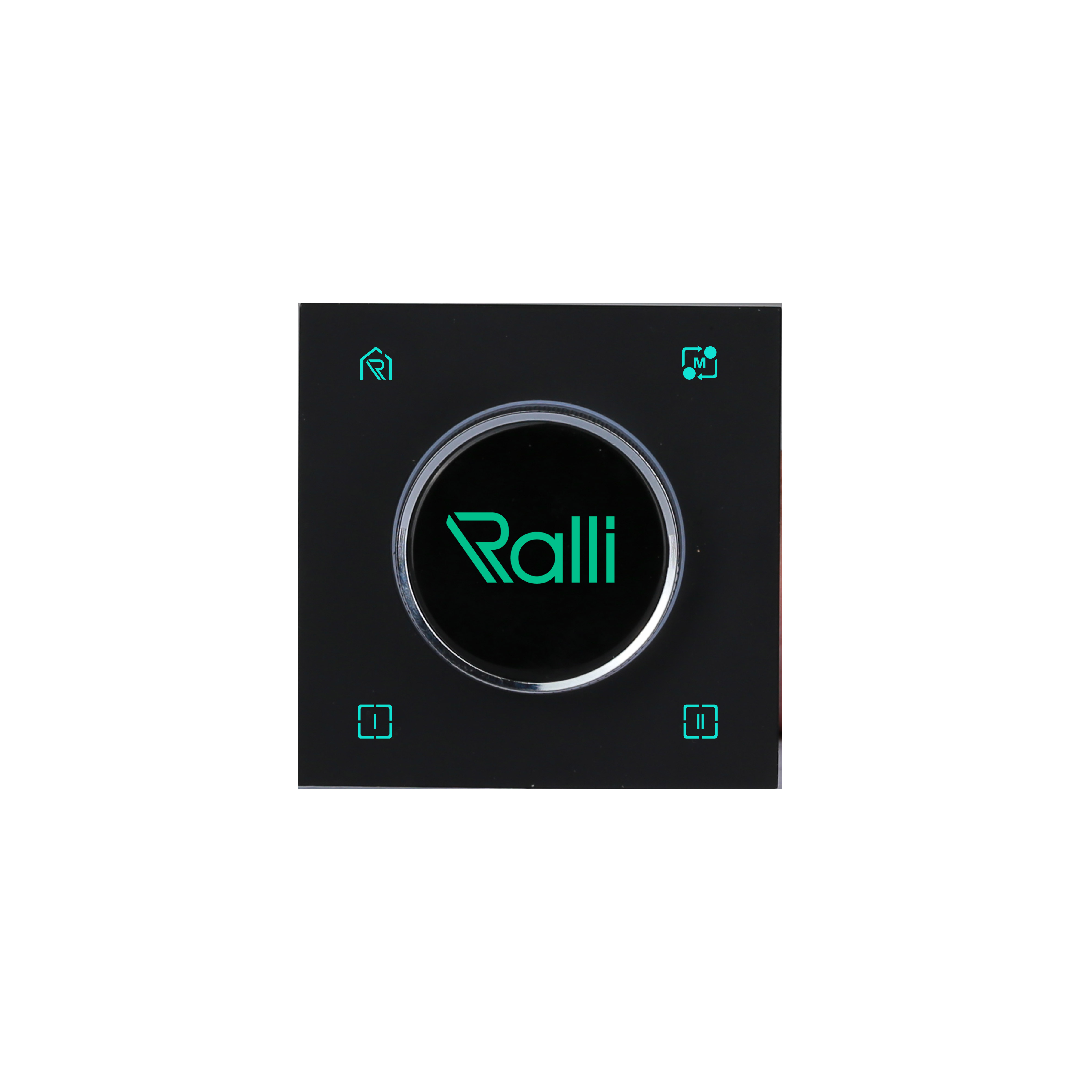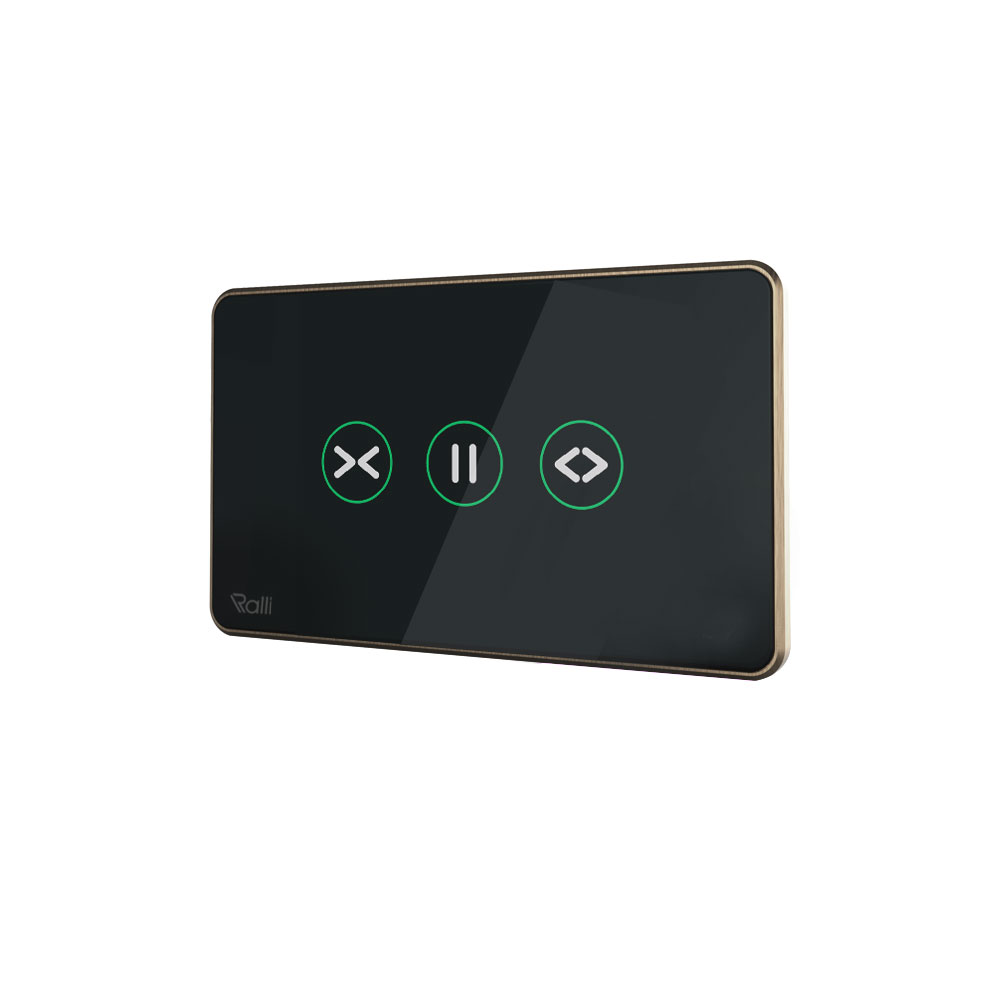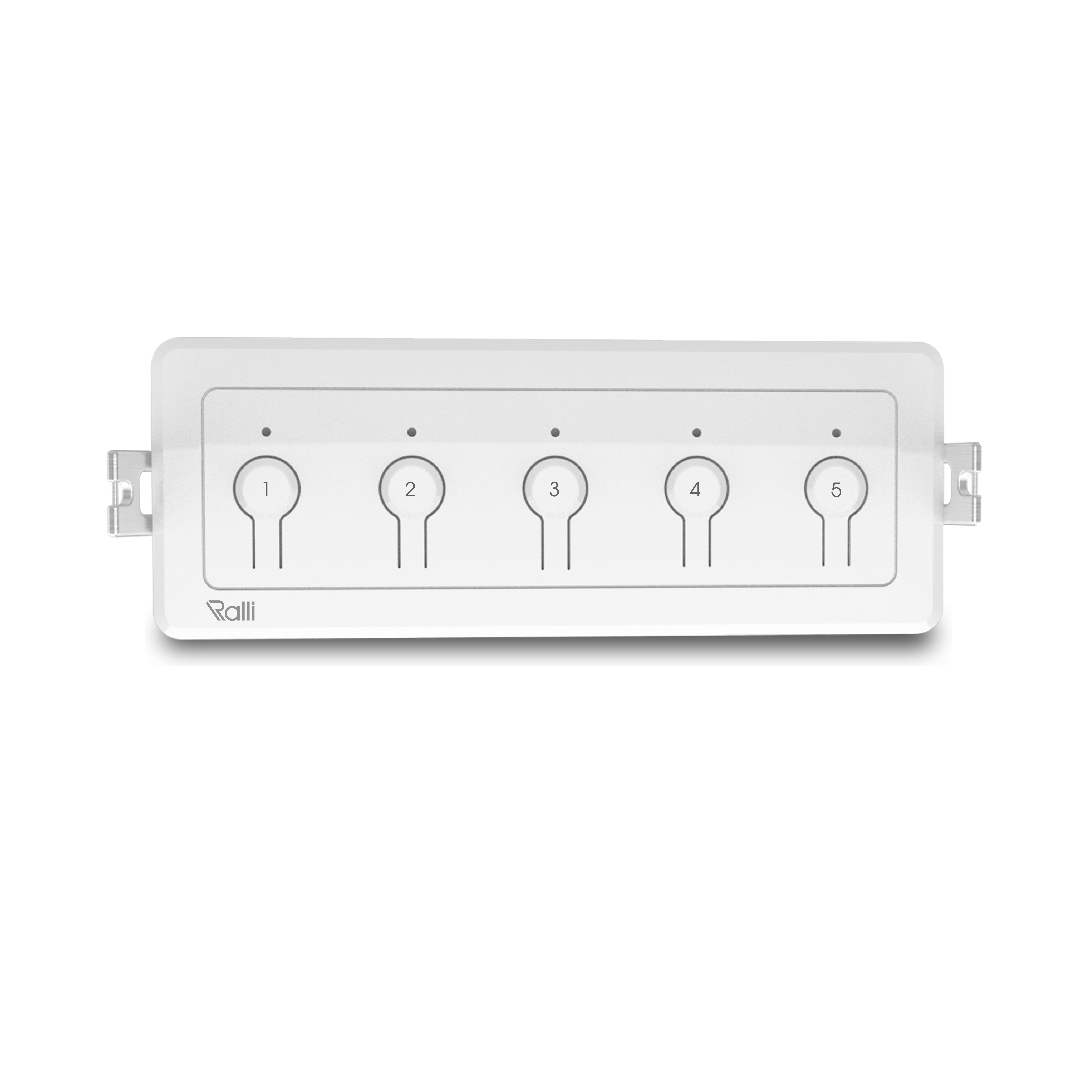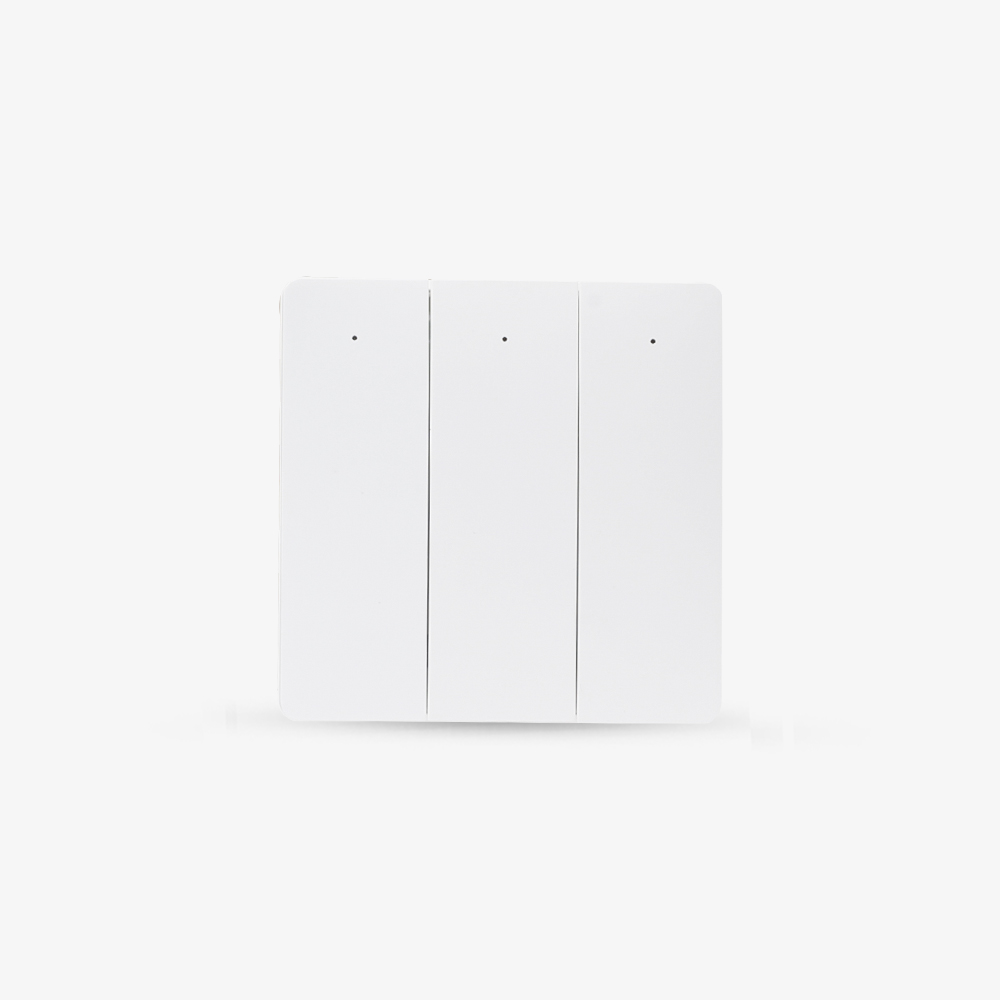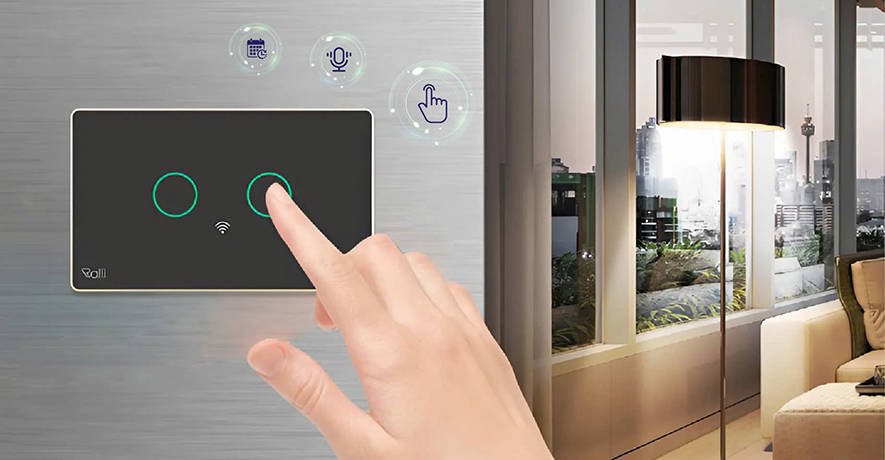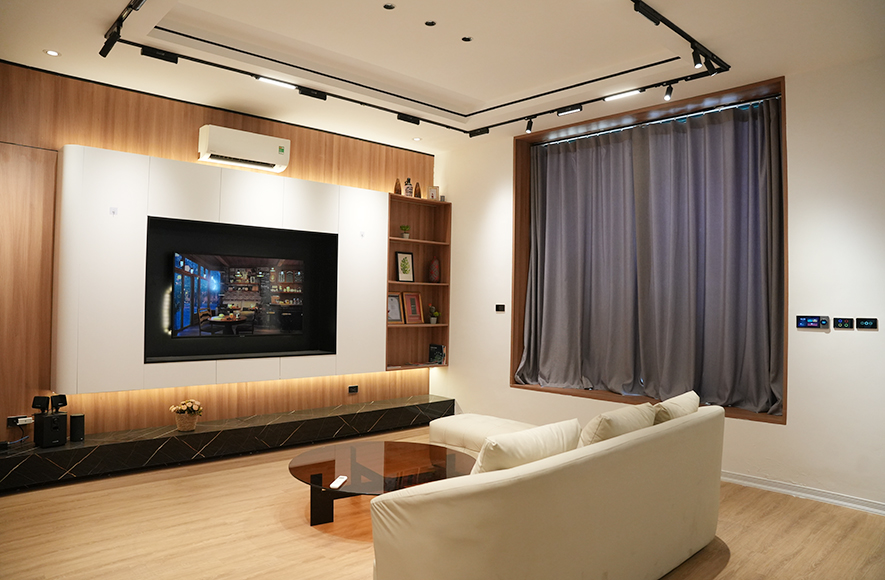Knowledge
Knowledge of basic lighting
Not all lighting products is designed for dimming function. Dimming a non-dimmable LED lighting product will cause un-predictable result and may affect the life time of the products. The below figure shows the typical input current variation while adjusting the DC voltage input to dimmable and non-dimmable product.
Lumen maintenance simply compares the amount of light produced from a light source or from a luminaire when it is brand new to the amount of light output at a specific time in the future. For instance, if a luminaire produced 1000 lumens of light when it was brand new and now produces 700 lumens of light after 30,000 hours, then it would have lumen maintenance of 70% at 30,000 hours. Sometimes this is stated as lumen depreciation, which in our example would be 30% lumen depreciation from the original light output. Lumen maintenance is often specified as L50, L70, L80 or L90. In each case, L stands for lumen maintenance and the number is the percentage of light output remaining.
The appropriate lumen maintenance target is usually based on the application and the requirements set forth by customers. Since the human eye generally can’t detect a change in light output until there has been 30% depreciation, L70 is often established as the target for an application.
Design life time is the average life of a lighting product when it is operated at nominal lamp voltage, current and controlled working environment. Actual lamp life varies because of any different from those rating condition.
Efficacy is the efficiency of a light source to convert electricity energy to light energy which is expressed in lumen output per unit power input (watt)
Efficacy = lumen / wattage
The Power Factor of an AC electric power system is defined as the ratio of the real power flowing to the load to the apparent power in the circuit, and is a dimensionless number between 0 and 1 (frequently expressed as a percentage, e.g. 0.5 pf = 50% pf). Real power is the capacity of the circuit for performing work in a particular time. Apparent power is the product of the current and voltage of the circuit. Due to energy stored in the load and returned to the source, or due to a non-linear load that distorts the wave shape of the current drawn from the source, the apparent power will be greater than the real power.
In an electric power system, a load with a low power factor draws more current than a load with a high power factor for the same amount of useful power transferred. The higher currents increase the energy lost in the distribution system, and require larger wires and other equipment. Because of the costs of larger equipment and wasted energy, electrical utilities will usually charge a higher cost to industrial or commercial customers where there is a low power factor
Color rendering, expressed as a rating from 0 to 100 on the Color Rendering Index (CRI), describes how a light source makes the color of an object appear to human eyes and how well subtle variations in color shades are revealed. The higher the CRI rating is, the better its color rendering ability. Imagine two objects, one red, one blue, which are lighted by a cool light source with a low CRI. The red object appears muted while the blue object appears a rich blue. Now take out the lamp and put in a cool light source with a high CRI. The blue object still appears a rich blue, but the red object appears more like its true color.
Color temperature is a characteristic of visible light that has important applications in lighting. The color temperature of a light source is the temperature of an ideal black-body radiator that radiates light of comparable hue to that of the light source. Color temperature is conventionally stated in the unit of absolute temperature, the Kelvin, having the unit symbol K. Color temperatures over 5,000K are called cool colors (bluish white), while lower color temperatures (2,700–3,000 K) are called warm colors (yellowish white through red
- Lux is the international (SL) unit of illuminance, a measure of light arriving at a surface, 1 lumen per square foot equals 1 footcandle, while 1 lumen per square meter equals 1 lux . [lux = lumen/m2]
- Unit: lux (lx)
- Unit: lux (lx)

